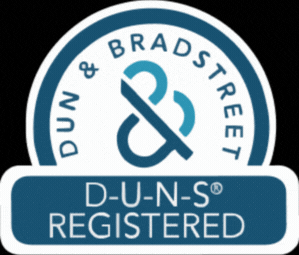Transforming Data Insights in the Technology Sector with Tableau

Overview
About the Client
The client is a dynamic, rapidly growing software-as-a-service (SaaS) provider operating within the highly competitive technology industry. Specializing in innovative cloud-based solutions for enterprise collaboration, they manage a significant volume of user interaction data, subscription metrics, and operational performance indicators. Their focus is on continuous product improvement and expanding their market share by deeply understanding user needs and market trends.
Challenges Faced
- Data Silos: Information scattered across CRM, product usage, finance, and marketing tools.
- Lack of Integration: No unified view of business performance.
- Manual Reporting: Relied on spreadsheets, causing delays and errors.
- Slow Decision-Making: Time-consuming processes hindered agility.
- Limited Insights: Difficult to identify growth opportunities or understand customer behavior.
- Operational Inefficiencies: Hard to optimize without real-time, accurate data.
Our Solution
To address these challenges, we proposed the strategic implementation of Tableau as a centralized business intelligence and data visualization platform.
The core of our solution involved integrating disparate data sources into a unified analytical environment. We focused on developing a suite of interactive and role-specific dashboards tailored to the needs of various departments, including sales, marketing, product development, and executive leadership.
The solution also encompassed establishing data governance protocols to ensure data accuracy and consistency, alongside comprehensive training programs to empower employees to leverage Tableau for self-service analytics, thereby fostering a data-driven culture.
Technology & Tools Implementation
The implementation cantered around the Tableau ecosystem.
- Tableau Desktop was utilized for the development of complex data models, sophisticated calculations, and the creation of intuitive, interactive visualizations and dashboards.
- Tableau Server was implemented to publish, share, and manage these dashboards securely across the organization, enabling collaborative data exploration. Data connectors native to Tableau were used to link directly to various sources, including SQL databases, cloud data warehouses, and APIs for third-party services. In some instances,
- Tableau Prep Builder was employed for initial data cleaning, shaping, and transformation to ensure data quality and optimize it for analysis within Tableau.
Results
Results – The Impact and Outcome
The Tableau implementation yielded significant positive outcomes for the technology firm.
- Accelerated Decision-Making: Real-time dashboards cut reporting time from days to minutes, enabling faster, smarter decisions.
- Enhanced Operational Efficiency: Sales, marketing, and product teams gained actionable insights for quicker, more effective execution.
- Improved Customer Insights & Retention: Better visibility into user behavior reduced churn and boosted retention within a year.
- Increased Data Accessibility & Literacy: Empowered non-technical users with self-service analytics, promoting a data-driven culture.
- Strategic Growth: Unified KPIs and trends guided leadership in seizing new opportunities and driving sustainable growth.
Overall, the adoption of Tableau transformed the client’s approach to data, turning it from a complex challenge into a strategic asset.


